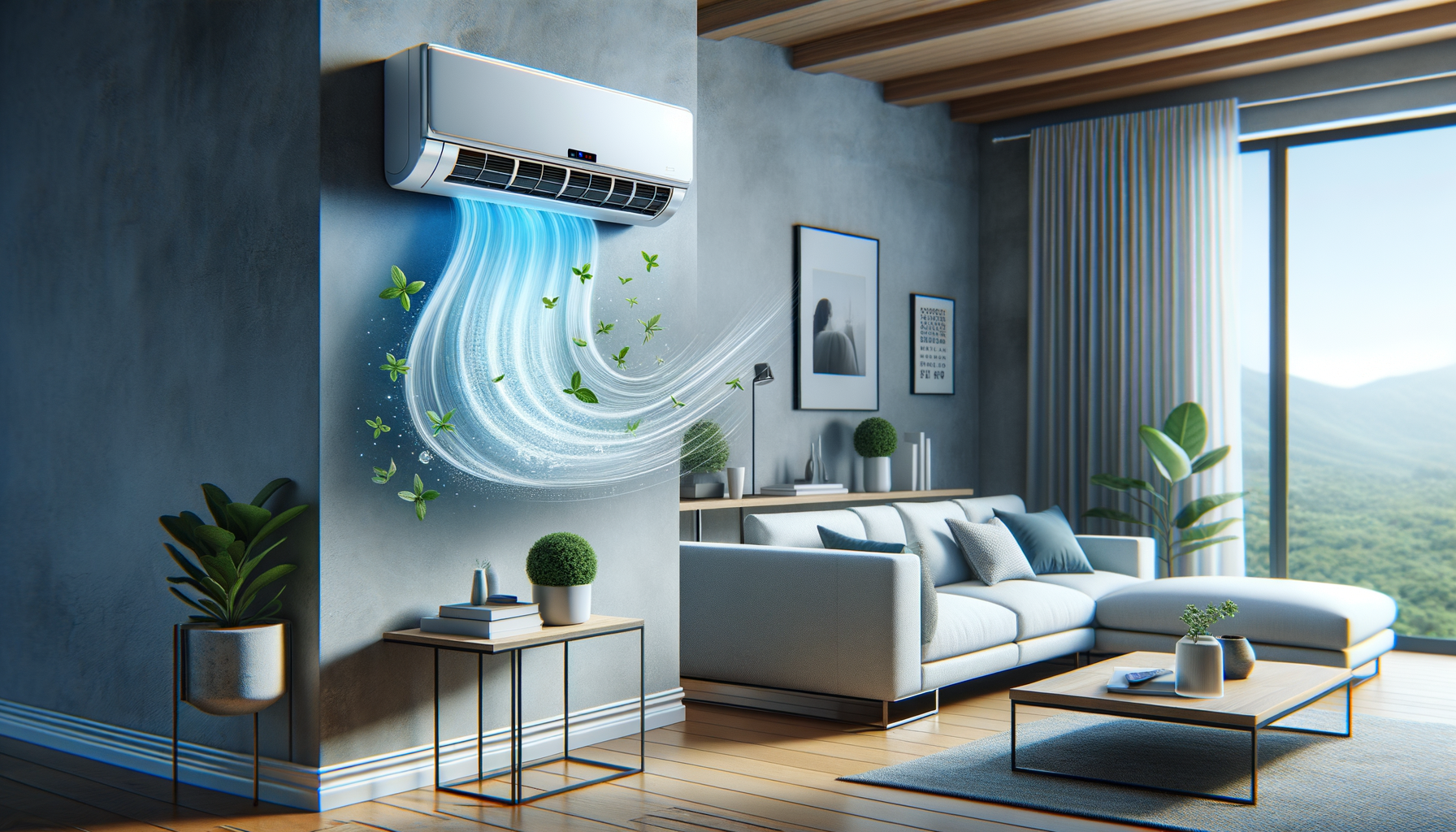Understanding Ductless Air Conditioning
Ductless air conditioning systems, also known as mini-split systems, have gained popularity due to their flexibility and efficiency. Unlike traditional HVAC systems that rely on extensive ductwork, ductless systems consist of an outdoor compressor unit and one or more indoor air-handling units. This setup allows for zoned cooling, meaning different rooms can be cooled to different temperatures, enhancing comfort and energy efficiency.
One of the primary advantages of ductless air conditioning is its ease of installation. Without the need for ducts, these systems can be installed in a variety of spaces, from modern homes to older buildings where adding ductwork would be impractical. The installation process typically involves mounting the indoor unit, connecting it to the outdoor unit via a small conduit, and powering the system. This simplicity not only reduces installation time but also minimizes disruption to the home environment.
Moreover, ductless systems are known for their energy efficiency. Traditional ducted systems can lose a significant amount of energy through leaks in the ductwork. In contrast, ductless systems deliver air directly into the room, avoiding the energy losses associated with ducts. This direct delivery system can lead to lower energy bills and a reduced carbon footprint, making ductless AC a sustainable choice.
The Advantages of Zoned Cooling
Zoned cooling is a standout feature of ductless air conditioning systems. This capability allows homeowners to set different temperatures for different rooms or zones within a house, catering to individual comfort preferences and reducing energy waste. For instance, a family might prefer a cooler temperature in the living room during the day and a slightly warmer setting in the bedrooms at night.
This level of customization not only enhances comfort but also contributes to significant energy savings. By cooling only the occupied spaces, homeowners can avoid wasting energy on unused areas, which is a common issue with central air systems. In addition, the ability to control each zone independently reduces the overall strain on the system, potentially extending its lifespan.
Furthermore, zoned cooling can improve indoor air quality. Since each indoor unit has its own filter, ductless systems can effectively capture dust, allergens, and other pollutants, providing cleaner air in each zone. This feature is especially beneficial for households with allergy sufferers or individuals with respiratory conditions.
Comparing Ductless and Traditional Air Conditioning Systems
When considering air conditioning options, it’s important to compare ductless systems with traditional ducted systems. Traditional systems, while effective, often come with higher installation costs due to the need for extensive ductwork. This can be a major drawback in older homes or buildings without existing ducts, where retrofitting can be both costly and disruptive.
In terms of energy efficiency, ductless systems typically have the upper hand. As mentioned earlier, ducted systems can lose up to 30% of their energy through duct leaks, whereas ductless systems avoid this issue entirely. This efficiency translates to lower energy bills and a reduced environmental impact.
However, traditional systems might still be preferable in certain situations. For large homes with multiple rooms, a central system might be more practical if the ductwork is already in place and in good condition. Additionally, some homeowners might prefer the aesthetic of a central system, which often has less visible indoor components compared to the individual units of a ductless system.
Maintenance and Longevity of Ductless Systems
Proper maintenance is crucial for the longevity and efficiency of ductless air conditioning systems. Regular cleaning of the filters and coils is essential to ensure optimal performance and air quality. Unlike ducted systems, which require periodic duct cleaning, ductless systems primarily need attention to the indoor units, making maintenance more straightforward.
It’s recommended to have a professional technician inspect the system annually. During this inspection, the technician can check for refrigerant leaks, inspect electrical connections, and ensure the system is operating efficiently. Regular maintenance not only prevents potential issues but also helps maintain the system’s efficiency, ensuring it operates at its peak performance.
With proper care, ductless systems can last between 12 to 15 years, which is comparable to traditional systems. However, the modular nature of ductless systems allows for easier upgrades and replacements of individual units, potentially extending the overall lifespan of the system.
Making the Transition to Ductless Air Conditioning
Transitioning to a ductless air conditioning system can be a wise decision for many homeowners. The initial investment might be higher than some traditional systems, but the long-term savings on energy bills and the increased comfort often justify the cost. Additionally, government incentives and rebates for energy-efficient systems can help offset the initial expense.
When considering a ductless system, it’s important to assess the specific needs of your home. Factors such as the size of the space, the number of zones required, and the climate in your area can influence the type and number of units needed. Consulting with a professional HVAC contractor can provide valuable insights and ensure the system is tailored to your home’s requirements.
Ultimately, the switch to ductless air conditioning offers a modern, flexible, and efficient solution to home cooling needs. By embracing this technology, homeowners can enjoy enhanced comfort, reduced energy consumption, and a more sustainable living environment.




Leave a Reply